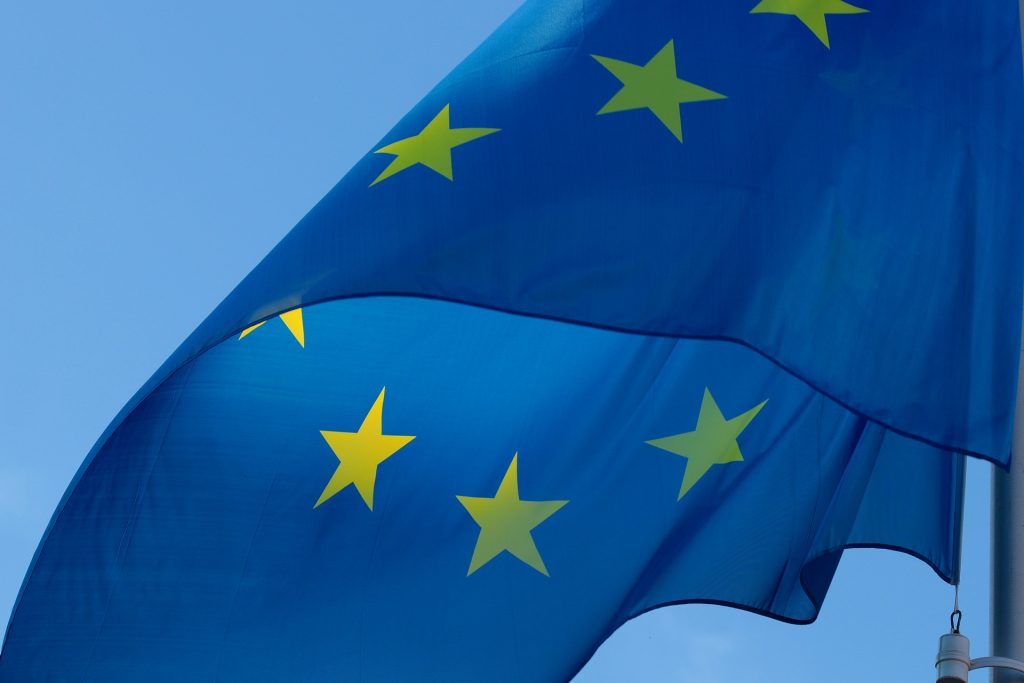In a move that will help to make friends with regulators in the EU, Mastercard and Visa recently announced that they will lower the Multilateral Interchange Fee (MIF) by as much as 40%. What is MIF?:
When a person uses their debit or credit card in a shop or online, the retailer’s bank pays a fee called “multilateral interchange fee” to the cardholder’s bank. Naturally, the retailer’s bank passes on the fee to the retailer and they then pass on that cost to the end consumer.
For example, it doesn’t matter if it was a US person or a Brit going to a restaurant in Paris, France, they would incur those fee costs. Also, due to the regular number of fees, retailers would still pass the overall costs onto their goods and services, meaning that even those who do not use cards will see higher prices.
The European Commission confirmed that this MIF fee reduction “will significantly reduce the costs for retailers in the European Economic Area (EEA) when they accept payments made with cards issued outside the EEA. This is expected to lead to lower prices to the benefit of all European consumers.”
The global networks will charge a 0.2% fee on debit card payments initiated with a non-EU card and 0.3% on credit card payments. It’s up to the merchant if they want to pass along the savings to consumers, but at these low rates, will consumers even notice?
Every time rates do drop in a non-U.S. country, however, it does shine a light on how much higher interchange is in the U.S.
Overview by Sarah Grotta, Director, Debit and Alternative Products Advisory Service at Mercator Advisory Group
